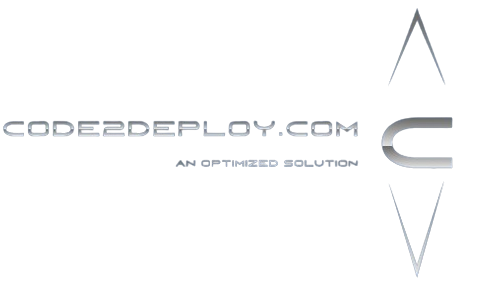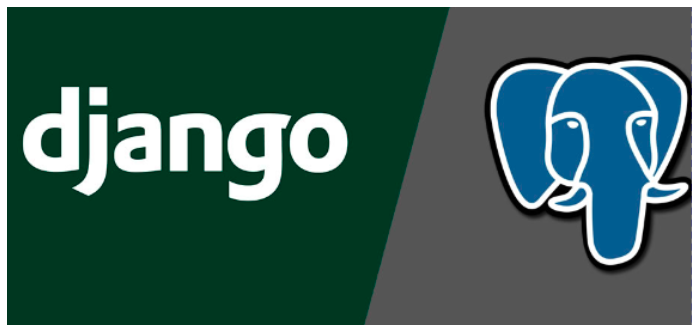In the vast landscape of web development, one framework shines brightly for its simplicity, flexibility, and scalability – Django. Combined with PostgreSQL, a robust relational database, the Python Django stack offers a comprehensive solution for building dynamic and high-performance web applications. Let’s dive into the world of Django, PostgreSQL, and the myriad of tools and extensions that make this stack a favorite among developers.
Django: The Pythonic Web Framework
At the core of the Python Django stack lies Django itself – a high-level Python web framework that encourages rapid development and clean, pragmatic design. With built-in features like an ORM (Object-Relational Mapping) system, admin interface, and authentication mechanisms, Django streamlines the development process, allowing developers to focus on building feature-rich applications.
PostgreSQL: The Rock-Solid Relational Database
Powering the backend of the Python Django stack is PostgreSQL, an open-source relational database known for its reliability, performance, and extensibility. PostgreSQL seamlessly integrates with Django, providing developers with a robust data storage solution capable of handling complex data models and high-volume transactions with ease.
Gunicorn: The Process Manager
To ensure optimal performance and scalability, the Python Django stack often employs Gunicorn (Green Unicorn) as a WSGI HTTP server for running Django applications. Gunicorn manages multiple worker processes, allowing applications to handle concurrent requests efficiently and effectively.
Additional Tools and Extensions
In addition to Django, PostgreSQL, and Gunicorn, developers leverage a variety of tools and extensions to enhance productivity and streamline development:
- Django REST Framework: For building robust APIs, Django REST Framework offers a powerful toolkit with built-in support for serialization, authentication, and authorization.
- Celery: To handle asynchronous tasks such as background processing and scheduled jobs, Celery integrates seamlessly with Django, providing a distributed task queue.
- Django Channels: For building real-time web applications with WebSockets, Django Channels extends Django’s capabilities, enabling bidirectional communication between clients and servers.
- Django Debug Toolbar: For debugging and optimizing Django applications, the Django Debug Toolbar provides detailed insights into request/response cycles, database queries, and performance metrics.
- Django Extensions: With a collection of handy utilities and management commands, Django Extensions simplifies common development tasks, such as generating project boilerplate, managing database migrations, and profiling code performance.
Leveraging Build Tools and Deployment Strategies
To deploy and manage Django applications effectively, developers employ a range of build tools and deployment strategies:
- pip: Python’s package manager, pip, simplifies the installation and management of Python packages, including Django and its dependencies.
- Docker: With Docker containers, developers can package Django applications and their dependencies into lightweight, portable units, ensuring consistency across development, testing, and production environments.
- Continuous Integration/Continuous Deployment (CI/CD): CI/CD pipelines automate the process of building, testing, and deploying Django applications, enabling rapid iteration and delivery of new features.
Embracing the Python Django Stack
The Python Django stack, powered by PostgreSQL and a myriad of tools and extensions, empowers developers to build sophisticated web applications that meet the demands of today’s digital landscape. Whether you’re developing a content management system, an e-commerce platform, or a data-driven web application, the Django stack provides the flexibility, scalability, and reliability needed to bring your ideas to life.
Join the community of Django developers and unlock the full potential of web development with Python, Django, and PostgreSQL. Together, we’ll shape the future of the web, one Django application at a time.

